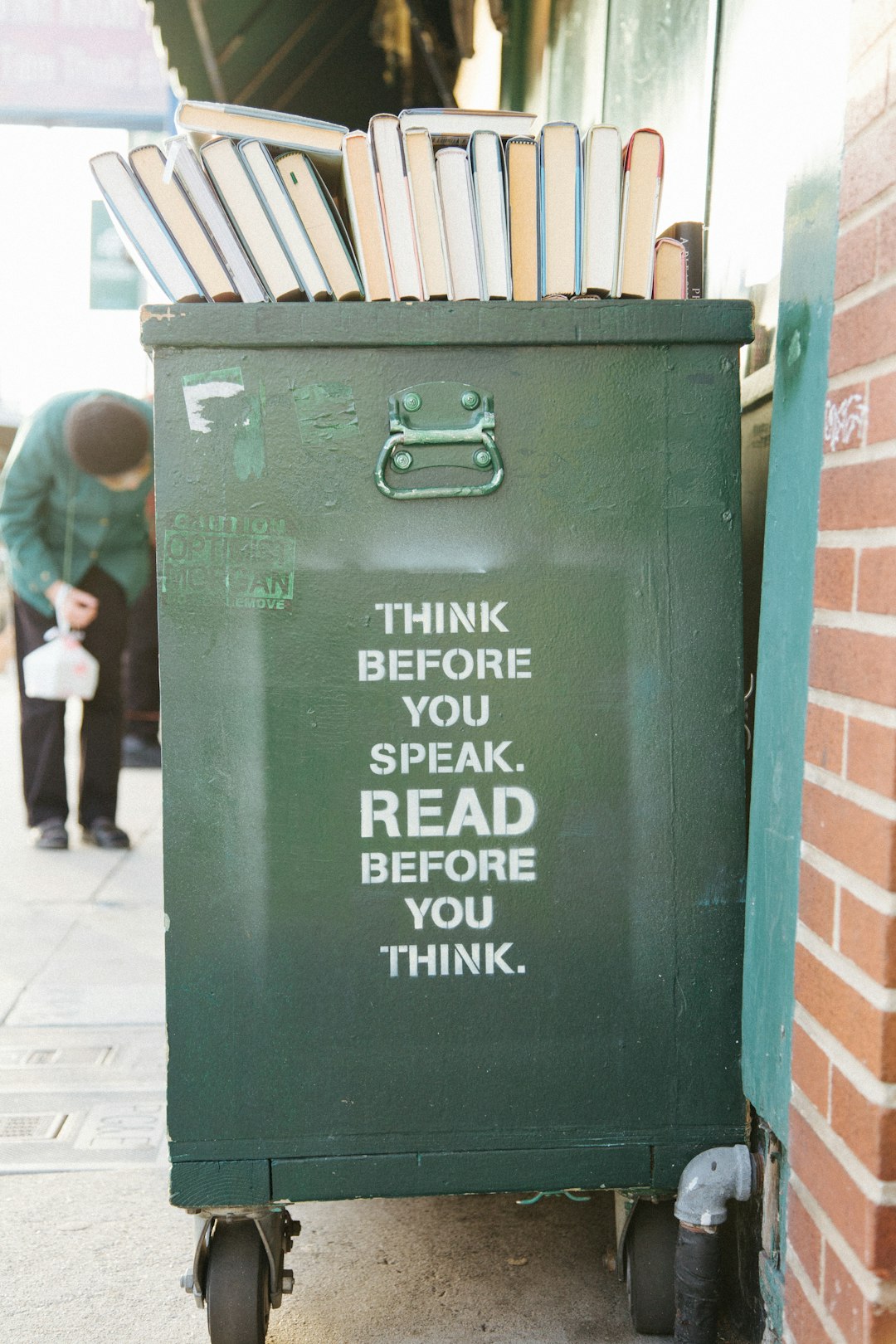The 4 Pillars In Building A Strong Youth Sport Experience.
A better experience starts with a foundation of 4 pillars : personal responsibility , high standards, alignment of purpose and skilled communication.
For many youth sport has lost its way. The focus today has moved from the best interests of the participant to other priorities. Financial interests and adult agendas often supersede what is in the best interest of the participant.

At the core of the experience is providing opportunities for young people to engage in something new, something they enjoy, something that enhances physical, emotional and social development.
What, then, is the roadmap that will chart a course for more of the positive benefits to participants and less of the focus on other priorities?
Note: the pillars that follow are skills that are learned. These are not innate and rely on the leadership to master and build upon them. While organizations may have a code of conduct, few seem to have principles of leadership. Written principles of leadership that align with an organizations mission statement and core values. These principles are the foundation of purpose of the organization, why it exists.
In a random and unscientific survey, 20 local sports organizations websites were surveyed. Only 2 were found to have a clear mission and statement posted on the homepage. Congratulations to Ontario Soccer and Brampton Minor Baseball who list mission and/or purpose on their home page. We have lots of work to do.
“Leading is not the same as being the leader. Being the leader means you hold the highest rank, either by earning it, good fortune or navigating internal politics.
Leading, however, means that others willingly follow you—not because they have to, not because they are paid to, but because they want to”. Simon Sinek.

4 pillars to a stronger youth sport experience:
1. Personal responsibility.
When adults get involved in youth activities, the only agenda must be one of contribution. Making the situation better needs to be the goal.
Providing a better situation from one we found is within all of our power and it starts by each of us (parent, coach, volunteer, officials, board members) taking a vow of personal responsibility. The vow of personal responsibility is simple: make things around us better.
However small or big the contribution may be, make it better than it was yesterday.
Simple not easy.
Examples range from leaving locker rooms and benches cleaner than they were found to the language and words used in verbal and written communication (see below pillar on communication).
Personal responsibility includes taking care of self.
Teaching responsibility starts with being responsible for ourselves. This is the role modelling portion of leadership in youth sport. Having our own house in order, physically and mentally is a critical building block to teaching the same in others.
How can we pass on the skill of personal responsibility in our youth if we don’t execute ourselves?

2. Alignment of purpose.
“All organizations start with WHY, but only the great ones keep their WHY clear year after year.” Simon Sinek.
A clearly defined purpose on why the organization and team exist is critical and reinforcing this at every level consistently.
Alignment of purpose shares meaning throughout the organization and stakeholders, including participants.
Meaning to our activities is the antidote to challenging situations. It gets us through difficult times and anchors all towards the same goal.
That purpose maybe different at organizational thank individual levels, but alignment and reinforcement of purpose are a critical pillar to a solid youth sport experience.
3. Documenting & reinforcing progressive standards and ideals.
What are the standards all participants and stakeholders are measured by?
Sport can be very intimidating when ideals that are portrayed in social and mass media are very different that reality locally.
Sport and competition are often outcome focused, and that outcome focus creeps into youth sport at the expense of incremental improvement.
Too often success/failure is measured by making the team or winning or scoring goals. That is the standard most often measuring performance and undervalues progress.
This does not mean an athlete or team should not have goals. However, breaking down the ideals into smaller goals, smaller improvements that bring us on the path towards larger goal is a much more progressive standard.
The great coach and teacher John Wooden, arguably the most successful college basketball coach in history had a simple philosophy:
Coach Wooden defined success as:
“the piece of mind which is a direct result of the self-satisfaction in knowing you did your best to become the best that you are capable of becoming.”
There was not mention of winning here or outcome of a game or tournament.
Rewarding young athletes for improvement as opposed to punishing when not hitting the desired outcome is a higher standard that can rally most and ensure high levels participation. Encouragement and praise.
People from all walks of life want to be encouraged, we respond well to being encouraged.
Our society has falling into constant critique from all angles endlessly. Youth sport is no exception. Encouragement with progressive ideals is empowering and progresses towards the purpose of the organization.

4. Communication skills
In all walks of life, those that communicate well, thoughtfully, with skill, in both written and orally become unstoppable.
Organizing our words, articulating thoughts becomes a reflection of the quality of people and organization.
This is a skill that comes from developing a strong knowledge base on the topic of choice. It comes from practice and making communication skills a priority.
The best coaches, teachers and leaders are strong communicators. The connect with their players as people, understand their backgrounds, know their families, and work tirelessly to keep all informed around goals, standards and plans.
This not only lies to the coaches, but all stakeholders.
How can we send off our kids to the world without developing their communication skills?
Looking people in the eye when talking. Approaching a teammate or coach or fellow board member to discuss clarification or different point of view, to encourage others…all comes prioritizing communication.
While it is oversimplifying to say that youth sport can be fixed with 1 or 2 things, the antidote to what ails youth sport is represented in these 4 pillars. They are most powerful when mixed together:
· Personal responsibility
· Alignment of purpose
· Documenting and reinforcing progressive standards and ideals
· Developing strong communication skills



